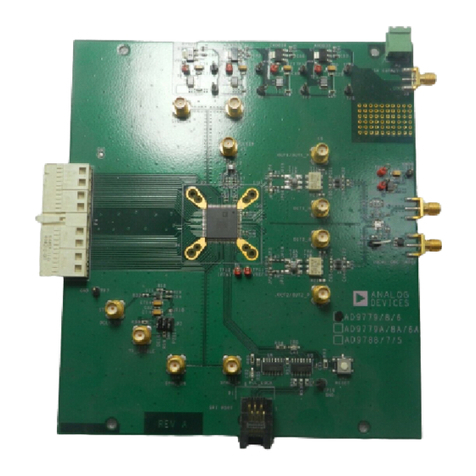Analog Devices AD9653 User manual
Other Analog Devices Media Converter manuals
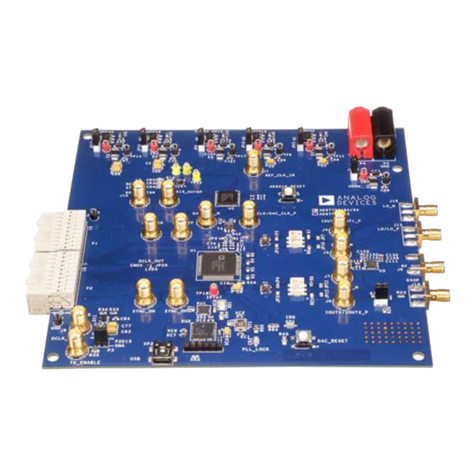
Analog Devices
Analog Devices AD9776A User manual
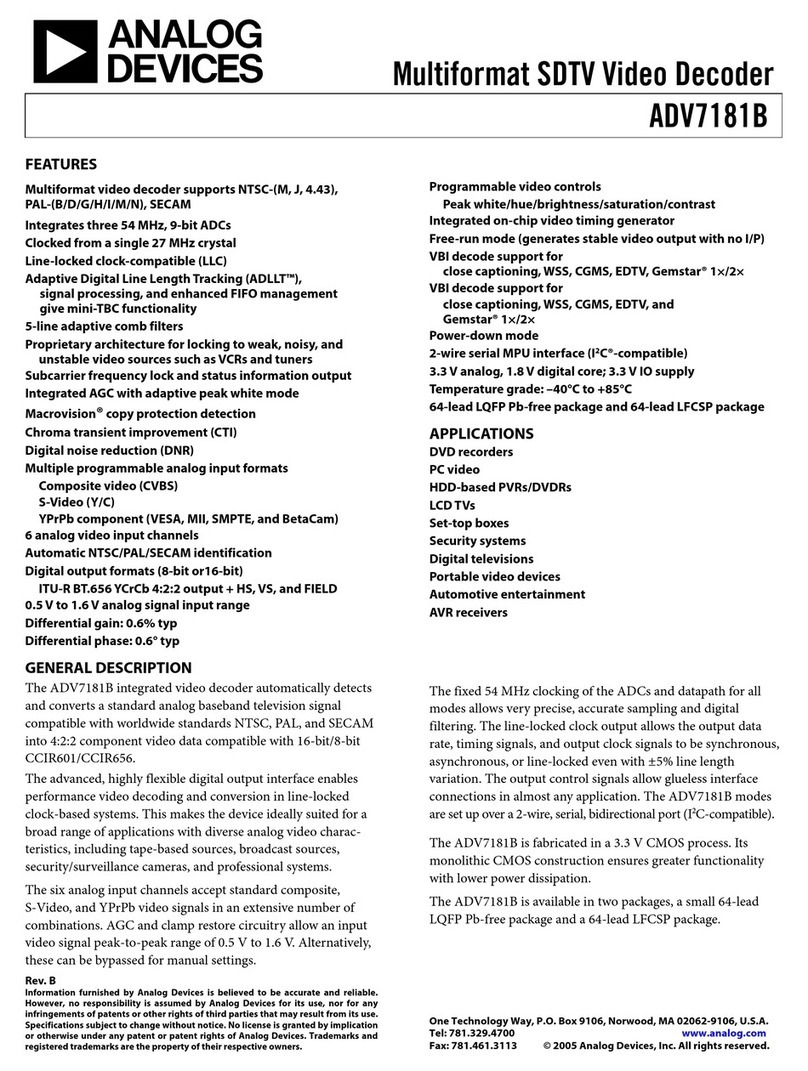
Analog Devices
Analog Devices ADV7181B User manual
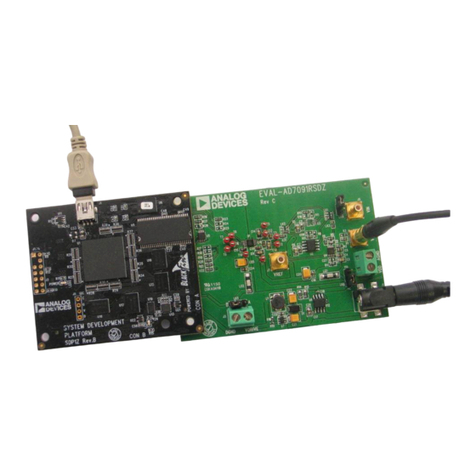
Analog Devices
Analog Devices AD7091R User manual
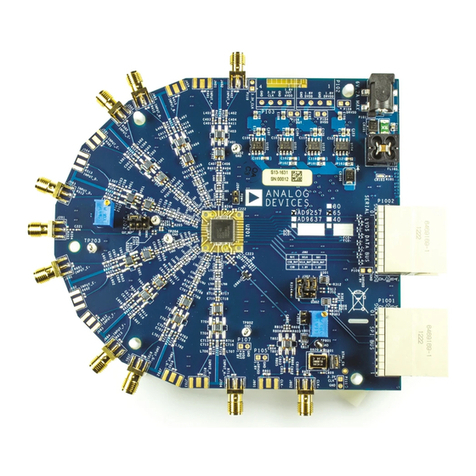
Analog Devices
Analog Devices AD9257 User manual
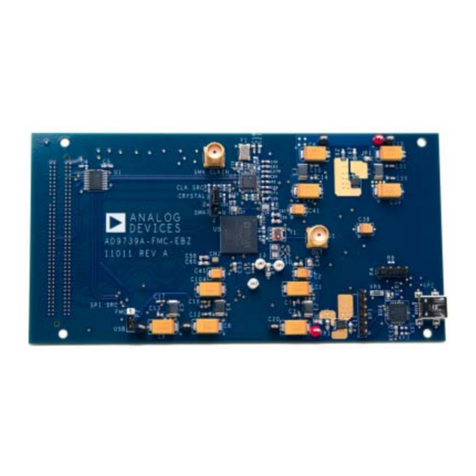
Analog Devices
Analog Devices AD9739A User manual
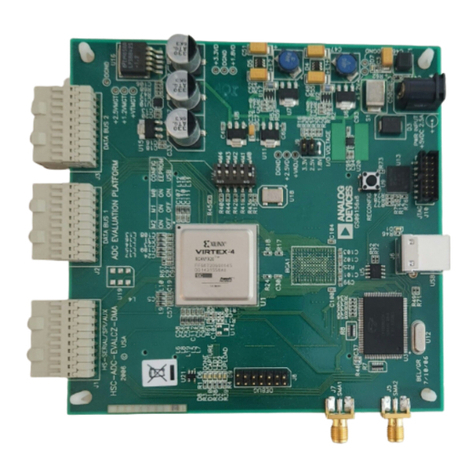
Analog Devices
Analog Devices HSC-ADC-EVALC User manual
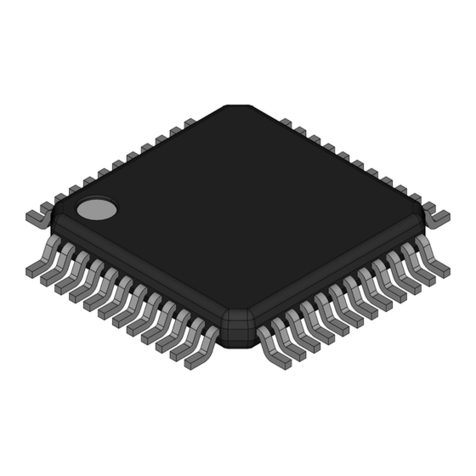
Analog Devices
Analog Devices LTC7810ELXE Quick setup guide
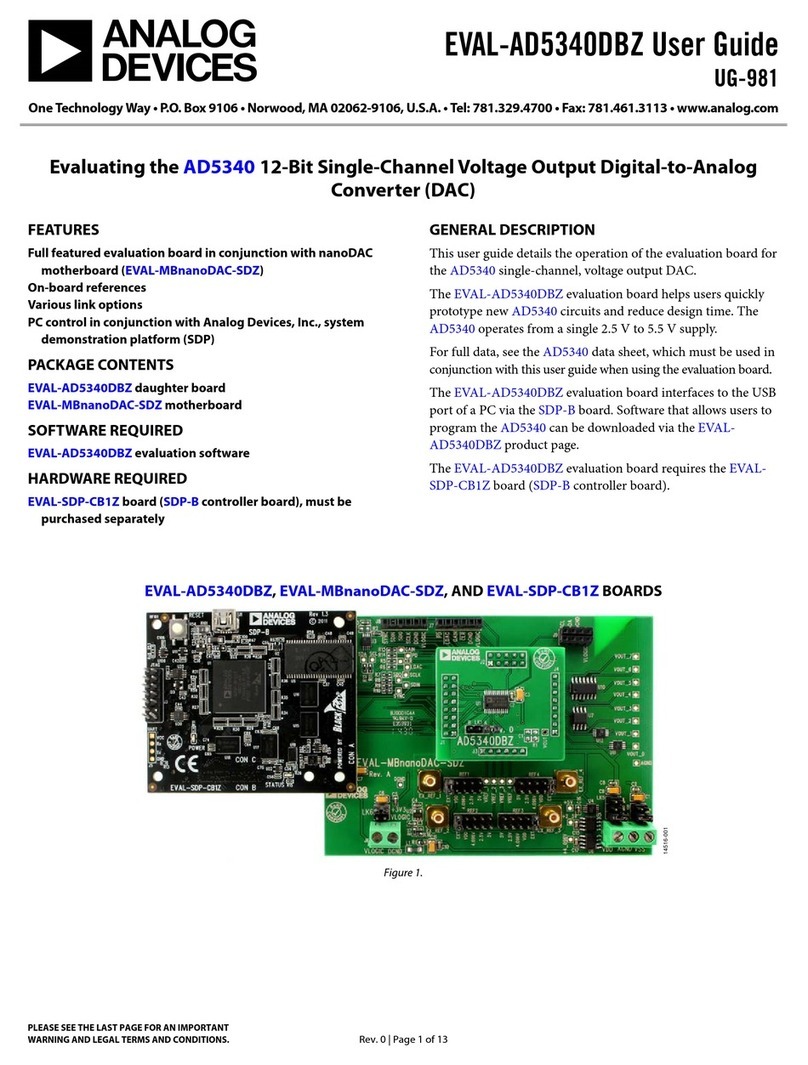
Analog Devices
Analog Devices EVAL-AD5340DBZ User manual
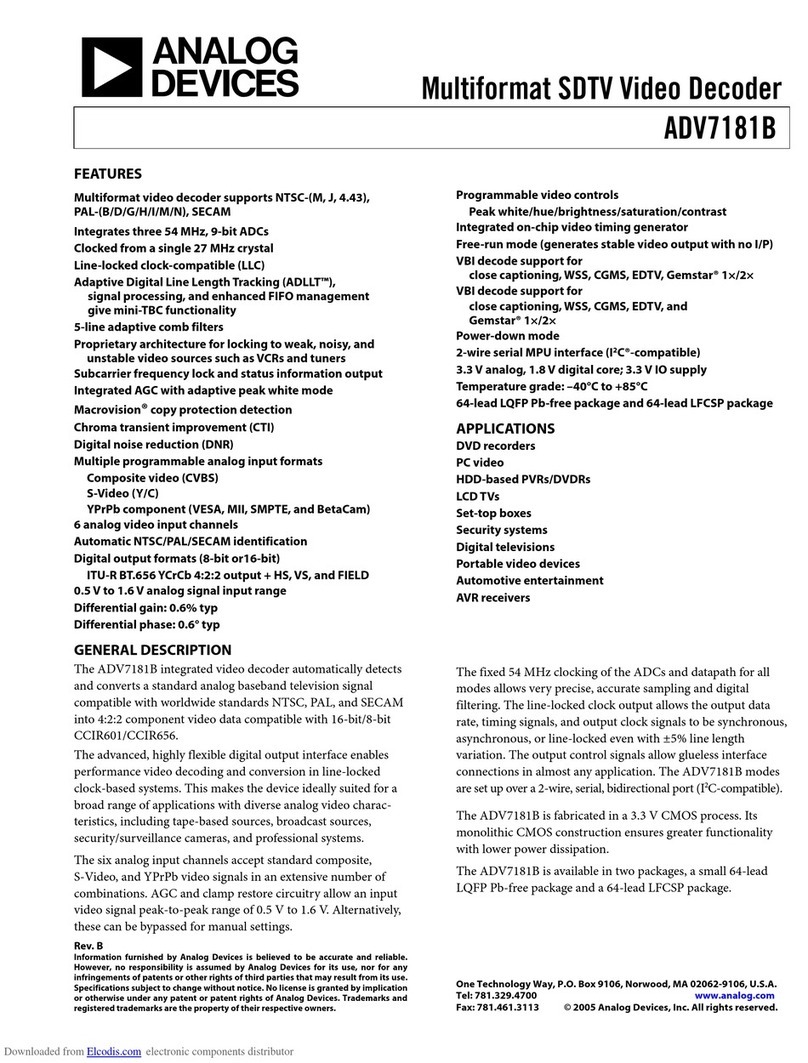
Analog Devices
Analog Devices ADV7181BCP User manual
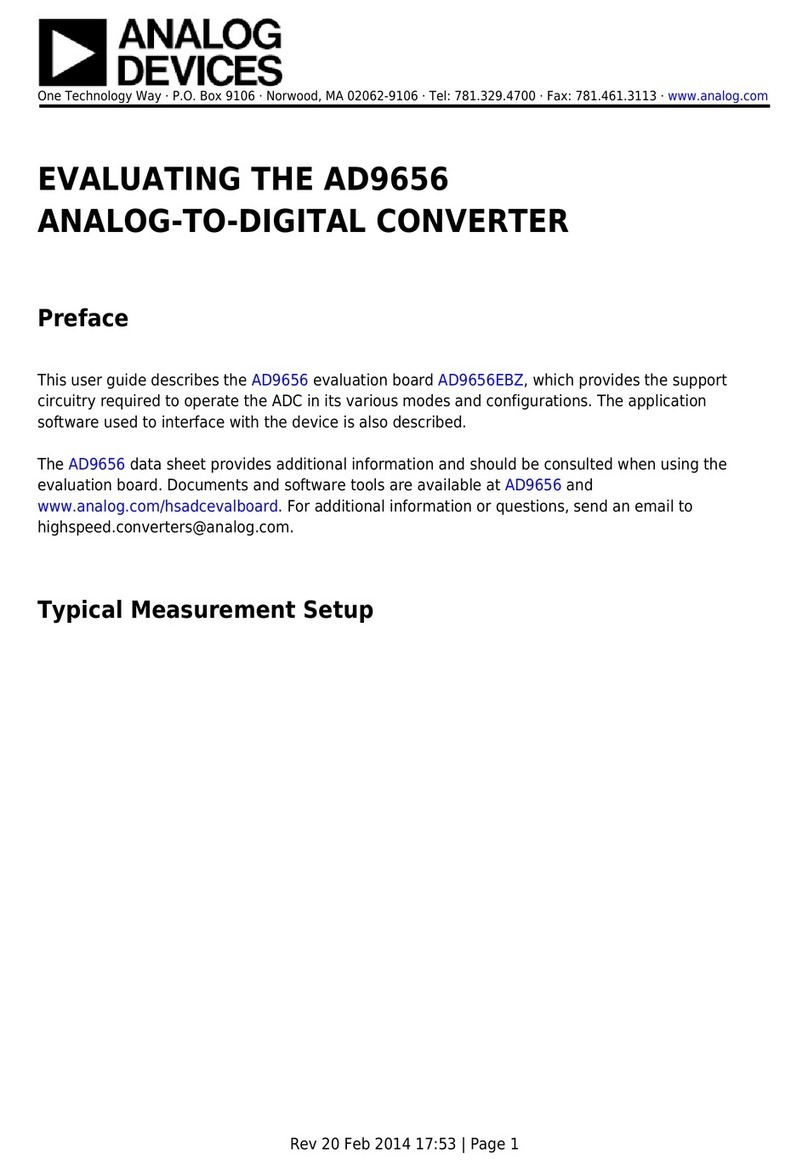
Analog Devices
Analog Devices AD9656 User manual
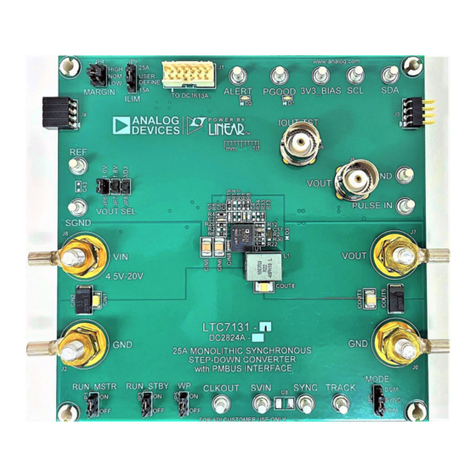
Analog Devices
Analog Devices LTC7131-1 User manual

Analog Devices
Analog Devices AD9776 User manual
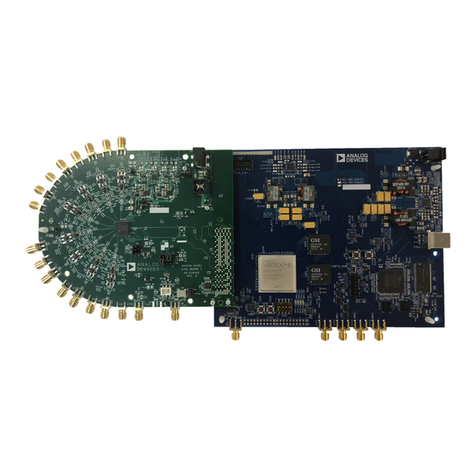
Analog Devices
Analog Devices AD9249 User manual
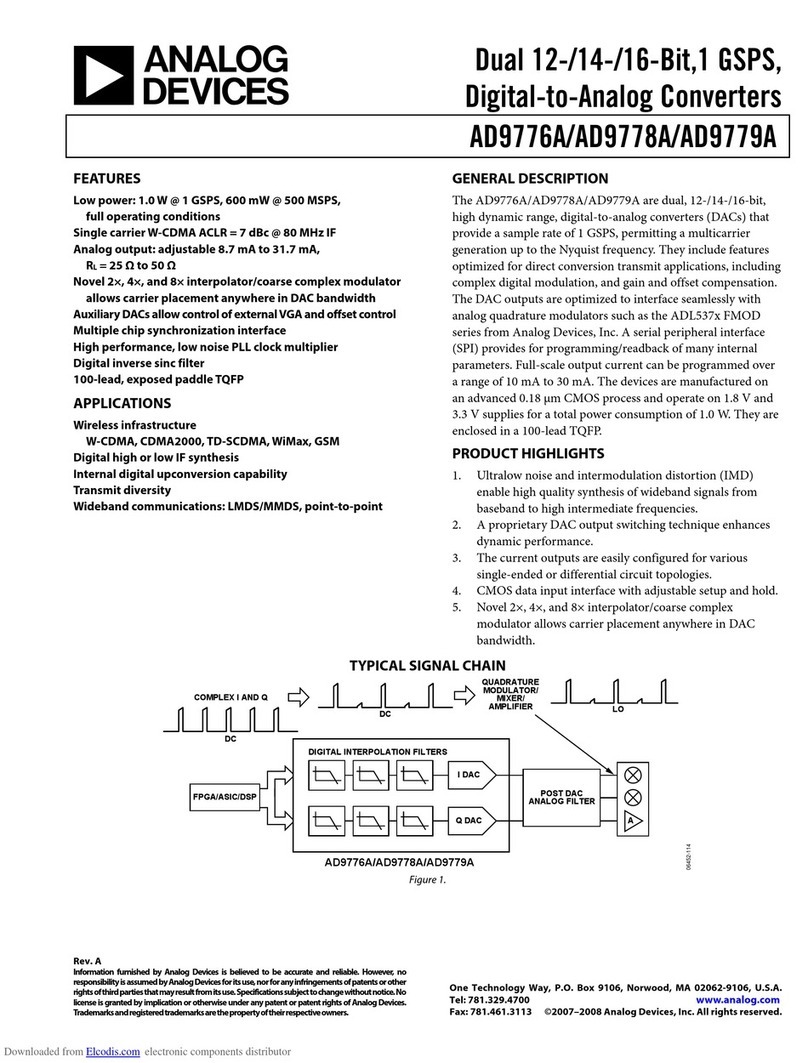
Analog Devices
Analog Devices AD9776A User manual
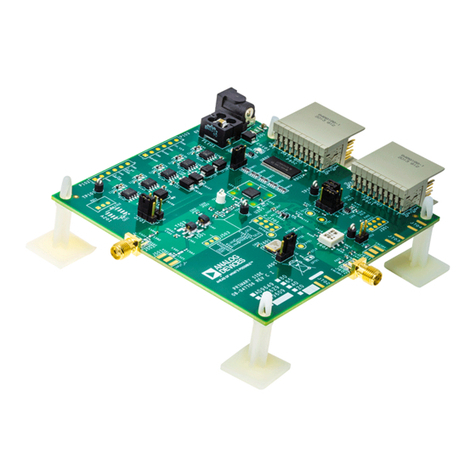
Analog Devices
Analog Devices AD9266 Setup guide
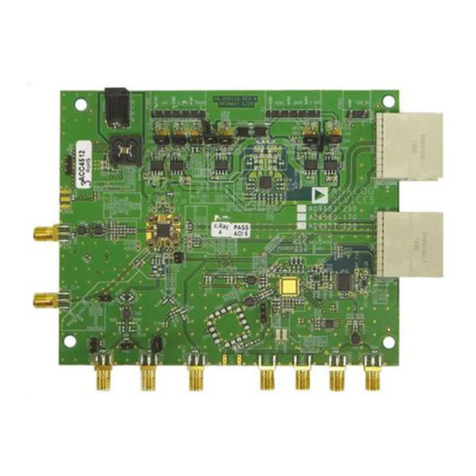
Analog Devices
Analog Devices AD9683 User manual
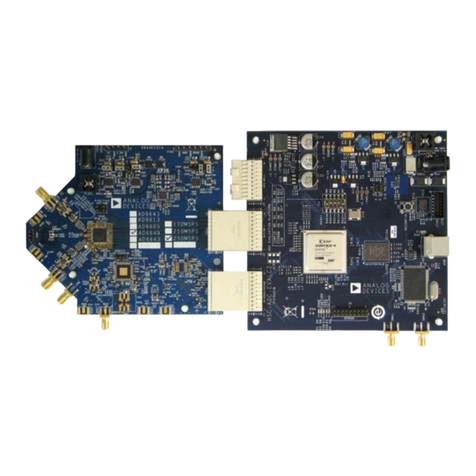
Analog Devices
Analog Devices AD9643 User manual
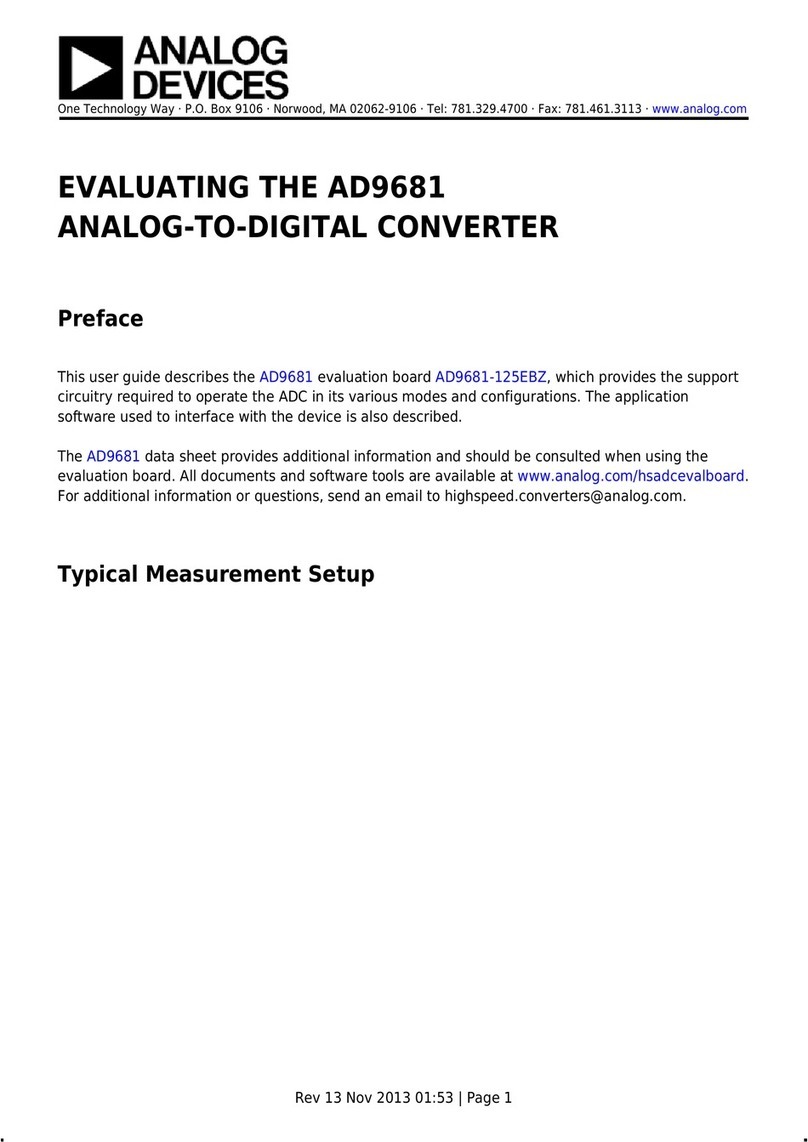
Analog Devices
Analog Devices AD9681 User manual
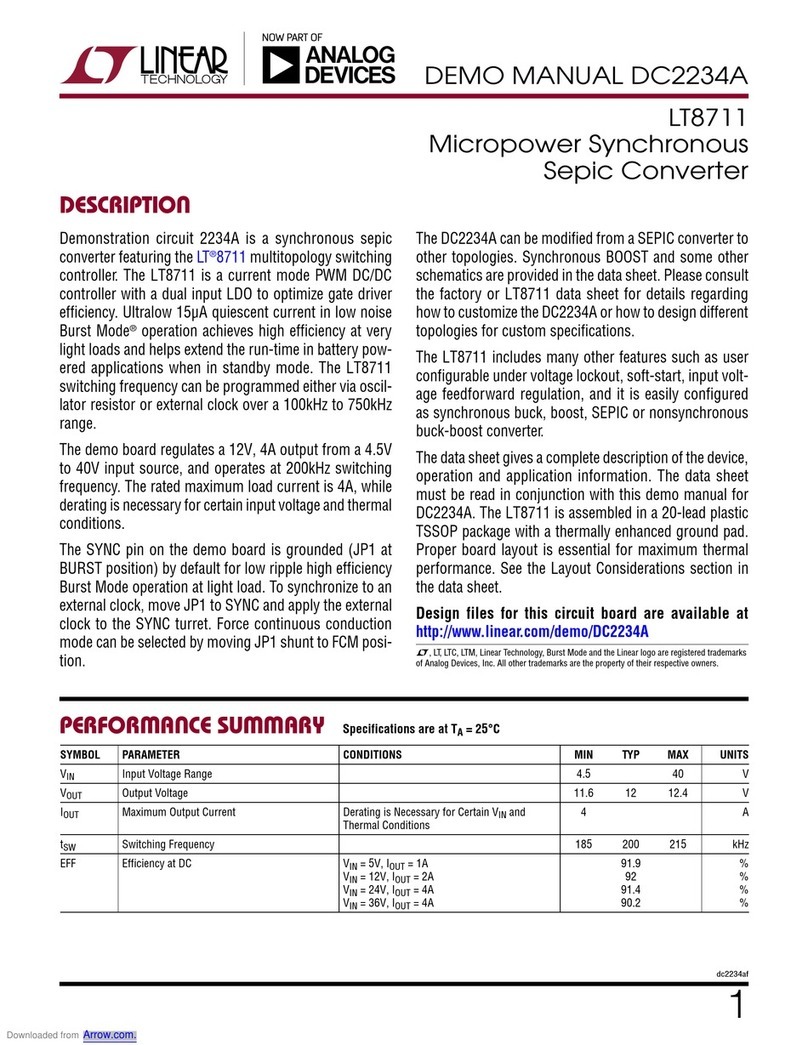
Analog Devices
Analog Devices LINEAR TECHNOLOGY DC2234A Quick setup guide
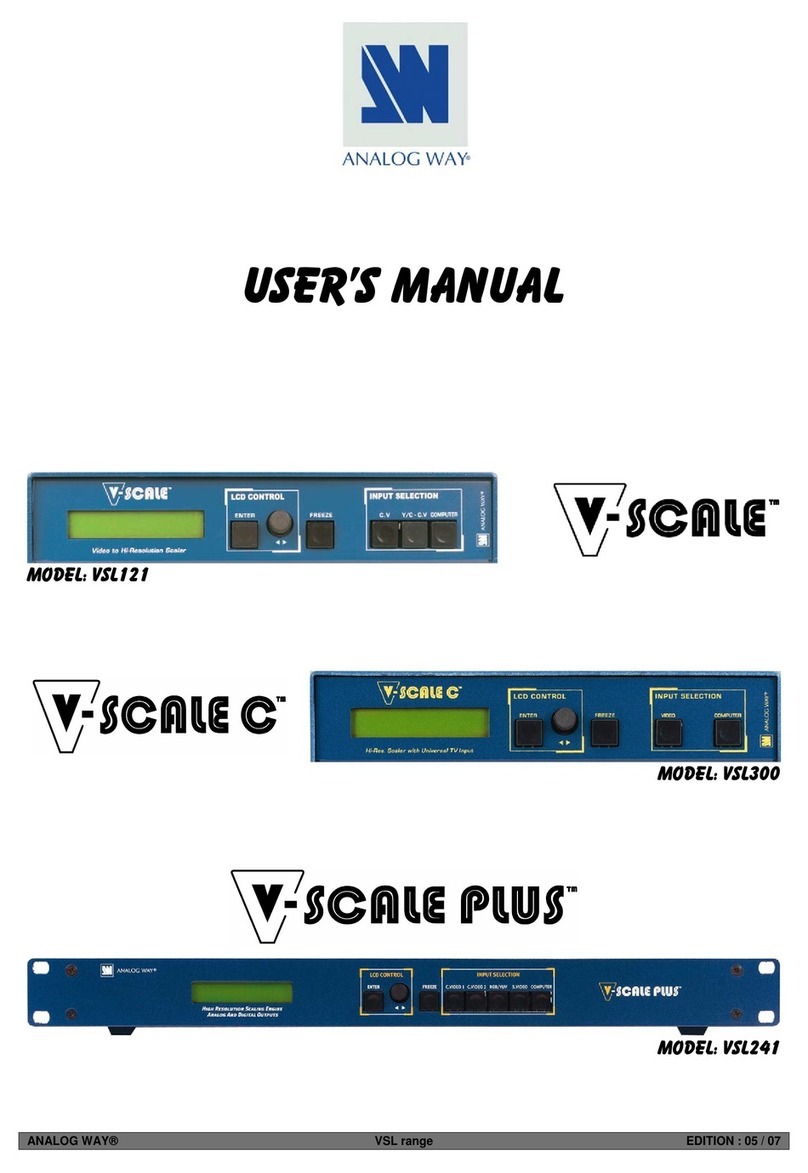
Analog Devices
Analog Devices V-SCALE VSL121 User manual
Popular Media Converter manuals by other brands

H&B
H&B TX-100 Installation and instruction manual

Bolin Technology
Bolin Technology D Series user manual

IFM Electronic
IFM Electronic Efector 400 RN30 Series Device manual

GRASS VALLEY
GRASS VALLEY KUDOSPRO ULC2000 user manual

Linear Technology
Linear Technology DC1523A Demo Manual

Lika
Lika ROTAPULS I28 Series quick start guide

Weidmuller
Weidmuller IE-MC-VL Series Hardware installation guide

Optical Systems Design
Optical Systems Design OSD2139 Series Operator's manual

Tema Telecomunicazioni
Tema Telecomunicazioni AD615/S product manual

KTI Networks
KTI Networks KGC-352 Series installation guide

Gira
Gira 0588 Series operating instructions

Lika
Lika SFA-5000-FD user guide
